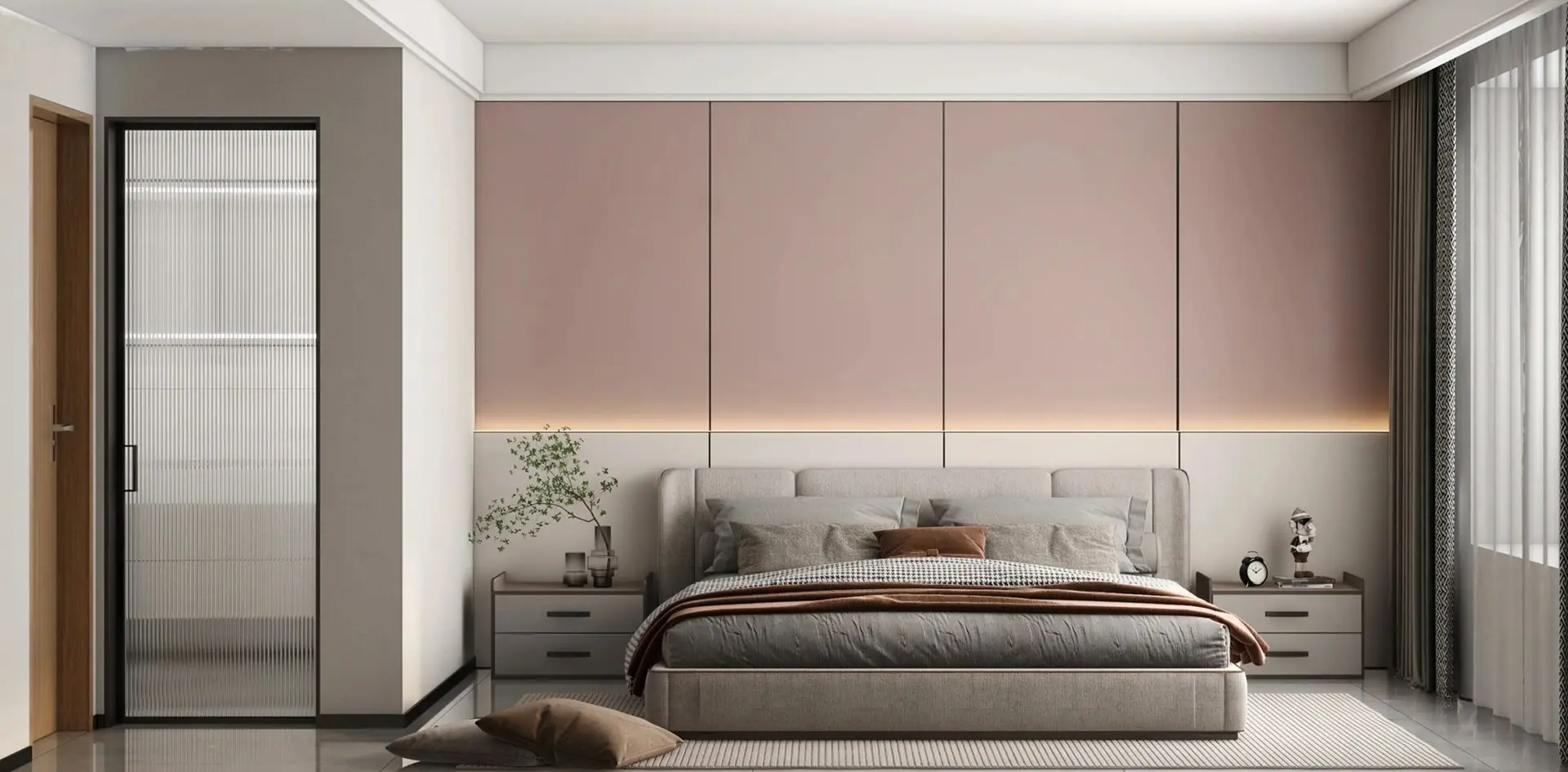
The Evolution of House Doors: From Ancient Entrances to Modern Security Solutions
The evolution of house doors has significantly transformed over the centuries, reflecting not only architectural advancements but also the changing needs for security and privacy. In the contemporary market, over 70% of homeowners prioritize the security features of their house doors, emphasizing the need for robust locking mechanisms and durable materials. According to the U.S. Department of Justice, homes without adequate security measures are 300% more likely to be burglarized, highlighting the critical role that house doors play in safeguarding our living spaces. From the rudimentary wooden barriers of ancient civilizations to the cutting-edge technology found in modern smart doors, this evolution exemplifies how design and function have adapted to societal demands. As we explore the journey of house doors, we will uncover the intersection of tradition and innovation that continues to shape the way we secure our homes today.

Evolution of House Doors: Ancient Designs and Their Significance
Throughout history, house doors have evolved significantly, reflecting the cultural, technological, and aesthetic values of their times. In ancient civilizations, such as those in Egypt and Mesopotamia, doors were often constructed from heavy materials like wood and stone, designed not only for privacy but also for protection against the elements and unwanted intrusion. The intricate carvings and designs on these doors signified wealth and status, while their imposing presence communicated a sense of security and power. Each entrance served as a threshold between the private life of the household and the outside world, embodying both functional and symbolic significance.

As societies advanced, the designs of house doors continued to transform, integrating new materials and architectural styles. In medieval Europe, for instance, doors became more fortified, featuring complex locking mechanisms and iron reinforcements as a response to the growing need for security amid societal upheaval. This evolution was not just practical; it highlighted the ongoing dialogue between artistry and function. Today, modern designs blend aesthetics with advanced technology, utilizing materials such as fiberglass and smart locks to meet the demands of contemporary living. The journey of house doors from ancient entrances to modern solutions illustrates not only advancements in craftsmanship but also the enduring human desire for security, beauty, and individuality in our homes.
Transitioning Materials: From Wood to Modern Composites
The evolution of house doors has seen a remarkable transformation in materials, reflecting both technological advancements and changing consumer preferences. Traditionally, wooden doors dominated the market, valued for their natural beauty and insulating properties. However, according to a report by Research and Markets, the global wooden door market is projected to decline by 2% annually due to rising maintenance costs and a shift towards more durable materials.
Modern compositional materials now lead the charge, offering significant advantages over wood. For instance, fiberglass doors have gained immense popularity, providing superior energy efficiency and resistance to warping, unlike their wooden predecessors. A 2022 report by Grand View Research highlighted that the fiberglass door segment is expected to witness a CAGR (Compound Annual Growth Rate) of 5% from 2023 to 2030. Additionally, composite doors, often designed incorporating various materials such as PVC, have become a preferred choice for homeowners, boasting enhanced security features and lower overall maintenance requirements. This transition marks a pivotal shift in the way homeowners approach door selection, prioritizing not just aesthetics but also performance and longevity.

Security Innovations: Adding Strength and Smart Technology
In the pursuit of safety and protection, the evolution of house doors has seen remarkable innovations in security technology. Traditional wooden doors, often easily compromised, have given way to reinforced materials such as steel and fiberglass, which offer greater resistance against forced entry. These advancements not only enhance physical security but also provide homeowners with greater peace of mind.
Moreover, the integration of smart technology has revolutionized how we perceive door security. Modern doors are equipped with smart locks that use biometric data, keypads, or smartphone apps for entry, eliminating the need for physical keys. Surveillance cameras and motion sensors can be seamlessly integrated, allowing homeowners to monitor their entrances in real-time. This multifaceted approach to security combines physical strength with intelligent systems, making contemporary doors not just barriers but smart gateways that offer unprecedented levels of protection and convenience.
The Evolution of House Doors: From Ancient Entrances to Modern Security Solutions
| Time Period | Door Material | Security Features | Technological Innovations |
|---|---|---|---|
| Ancient Times | Wood | Basic locking mechanisms | None |
| Medieval Era | Reinforced Wood & Iron | Heavy bolts and bar locks | Hinges and peepholes |
| Industrial Revolution | Steel | Complex locking systems | Early security alarms |
| Digital Age | Fiberglass & Smart Materials | Smart locks, biometric systems | Wireless connectivity, mobile apps |
| Future Trends | Composite Materials | AI-integrated security | Advanced automation and sensors |
Aesthetic Trends: Incorporating Style into Functionality
The aesthetic appeal of house doors has evolved significantly over time, blending style with functionality to meet contemporary demands. Recent industry reports indicate that over 35% of homeowners consider the visual impact of their entry doors to be a primary factor in home design choices. This shift highlights a movement towards more personalized and visually striking door designs, where materials such as fiberglass and steel not only enhance durability but also offer a range of customizable colors and finishes.
Moreover, the integration of modern technology has further transformed door aesthetics and functionality. According to a 2022 survey by the Home Improvement Research Institute, 45% of new homeowners prioritize smart security features when selecting entry doors. These innovations include smart locks, video doorbells, and integrated alarm systems, allowing homeowners to maintain aesthetic preferences without compromising safety. By combining visual appeal with advanced security technology, modern house doors reflect the evolving expectations of homeowners, who seek both beauty and security in their entrances.
The Evolution of House Doors: Aesthetic Trends Over the Years
Future Directions: What Lies Ahead for House Door Design
As we move further into the 21st century, the design of house doors is poised to take on new dimensions, driven by emerging technologies and evolving aesthetic preferences. Future doors are likely to incorporate smart technologies, allowing homeowners to control access through smartphones and voice commands. Enhanced security features, such as biometric scanners and remote monitoring systems, will not only protect homes but also provide homeowners with peace of mind. The trend towards sustainability means that eco-friendly materials will become standard, promoting environmental consciousness while maintaining durability and style.
Tips: When considering a new door, think about integrating smart technology that fits your lifestyle. Features like smart locks can enhance security, while also providing convenience. Additionally, explore doors made from recycled or sustainable materials to contribute to environmental preservation.
Moreover, the aesthetic aspect of house doors will continue to evolve, blending traditional craftsmanship with modern designs. Expect to see a proliferation of styles that cater to individual tastes, offering customizable options that reflect personal identity. Architectural innovation will lead to unique shapes and configurations, making the front door a focal point of home design, rather than merely an entryway.
Tips: Don’t shy away from experimenting with color and texture. A bold hue or an interesting panel design can significantly enhance your home's curb appeal. Consider consulting with a design professional to explore unique door options that harmonize with your home's overall aesthetic.
Related Posts
-

The Ultimate Guide to Choosing the Best House Front Doors for Maximum Curb Appeal
-
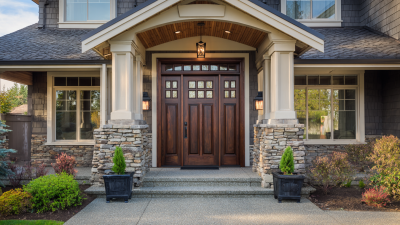
Mastering the Selection Process for the Best House Door Installation
-
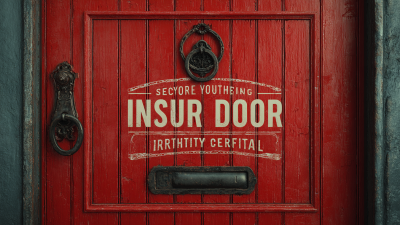
Securing Your Best House Door with Industry Export Certification Insights
-
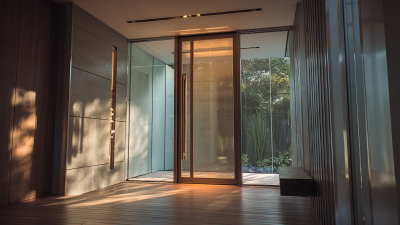
Emerging Trends in Best Modern Entry Doors for Global Buyers 2025 Solutions and Innovations
-
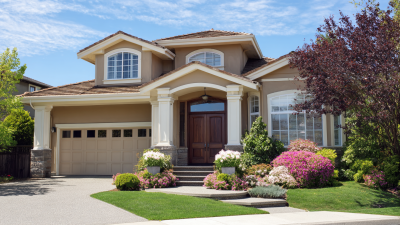
What Are the Various Types of Front Doors for Homes and Their Unique Benefits?
-
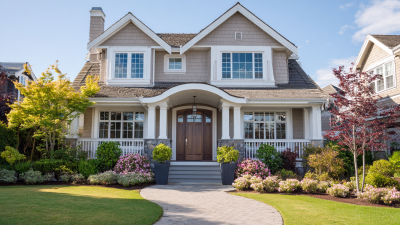
7 Best Front Doors For Homes to Enhance Your Curb Appeal




